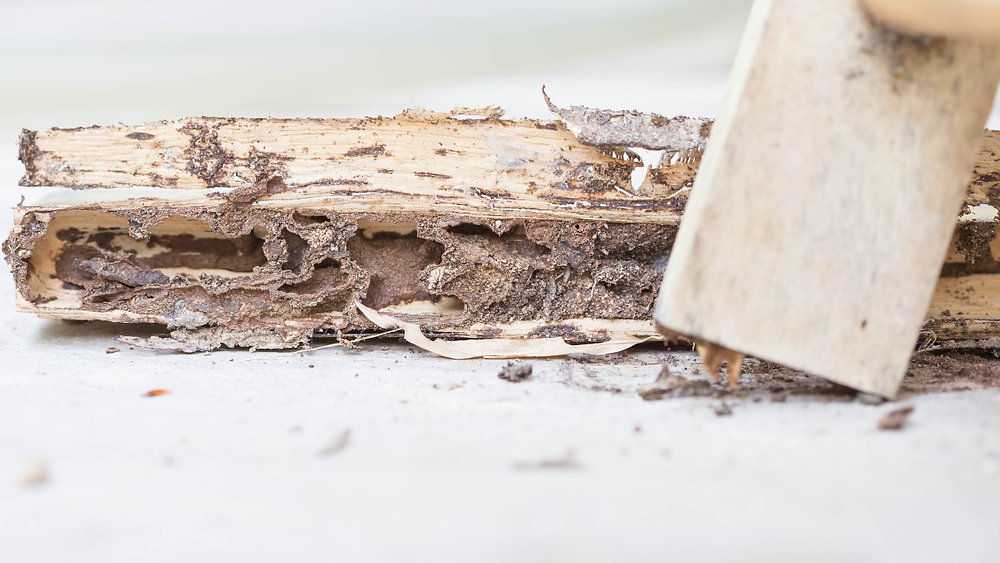Termites might be small, but they can cause massive damage to your home if left undetected. Known as “silent destroyers,” termites often go unnoticed until the damage becomes severe. The key to protecting your home is early detection and professional Exterminator Services in O’Fallon. By learning the common signs of termite activity, you can take action before they wreak havoc on your property.
Here’s what to look out for when spotting a termite infestation.
1. Hollow-Sounding Wood
One of the clearest signs of a termite infestation is wood that sounds hollow when tapped. Termites eat wood from the inside out, often leaving only a thin outer layer intact. To test for this, gently tap on wooden beams, flooring, or furniture. If it sounds empty or feels fragile, termites might be dining on the wood within.
This symptom often appears in areas like basements, crawl spaces, and other humid regions of a home. Ignoring hollow-sounding wood could allow termites to cause significant structural damage over time.
2. Mud Tubes on Walls or Foundations
Termites, especially subterranean ones, build mud tubes to travel safely between their nests and food sources. Made from soil, saliva, and wood particles, these pencil-sized tunnels protect termites from drying out and predators.
You’re most likely to find mud tubes along your home’s foundation, walls, or other wooden structures. Break one open to see if termites are actively using it. If you spot them inside or notice them being rebuilt soon after, it’s a definite sign of an infestation.
3. Discarded Wings
Termites go through a swarming phase during which winged termites, called swarmers, leave their nest to establish new colonies. After finding a suitable location, they shed their wings.
If you find piles of discarded wings near windowsills, doorways, or other entry points into your home, it’s a strong indicator of a nearby termite colony. People often mistake these winged insects for flying ants, but termite wings are equal in size, while ants have one pair of larger wings and one smaller.
4. Frass (Termite Droppings)
Drywood termites leave behind distinct droppings known as frass. These wood-colored pellets are often pushed out of tiny holes in infested wood. Over time, they accumulate into small piles resembling sawdust.
If you see these piles near wooden furniture, beams, or windows, inspect the surrounding area for additional signs of termites. Frass is a clear warning sign that termites are actively feeding on the wood in your home.
5. Visible Damage to Wood Structures
Termites leave behind telltale signs of their feeding activity. Look for cracks, blistering, or tunnels carved into wood surfaces. Sometimes, wooden structures may appear stained or warped as termites weaken their integrity.
Doors and windows may also become harder to open or close due to warping caused by moisture termites introduced into the wood. Pay attention to flooring as well, it may sag or feel spongy in certain sections due to termite damage.
Conclusion
Detecting termites early can save you costly repairs and prevent structural damage. Regularly inspect your home, especially areas prone to moisture or wood-to-soil contact. If you notice any of these warning signs, act quickly and consider consulting a professional pest control service for a thorough inspection and treatment plan.
Related posts
Categories
Recent Posts
Advertisment


